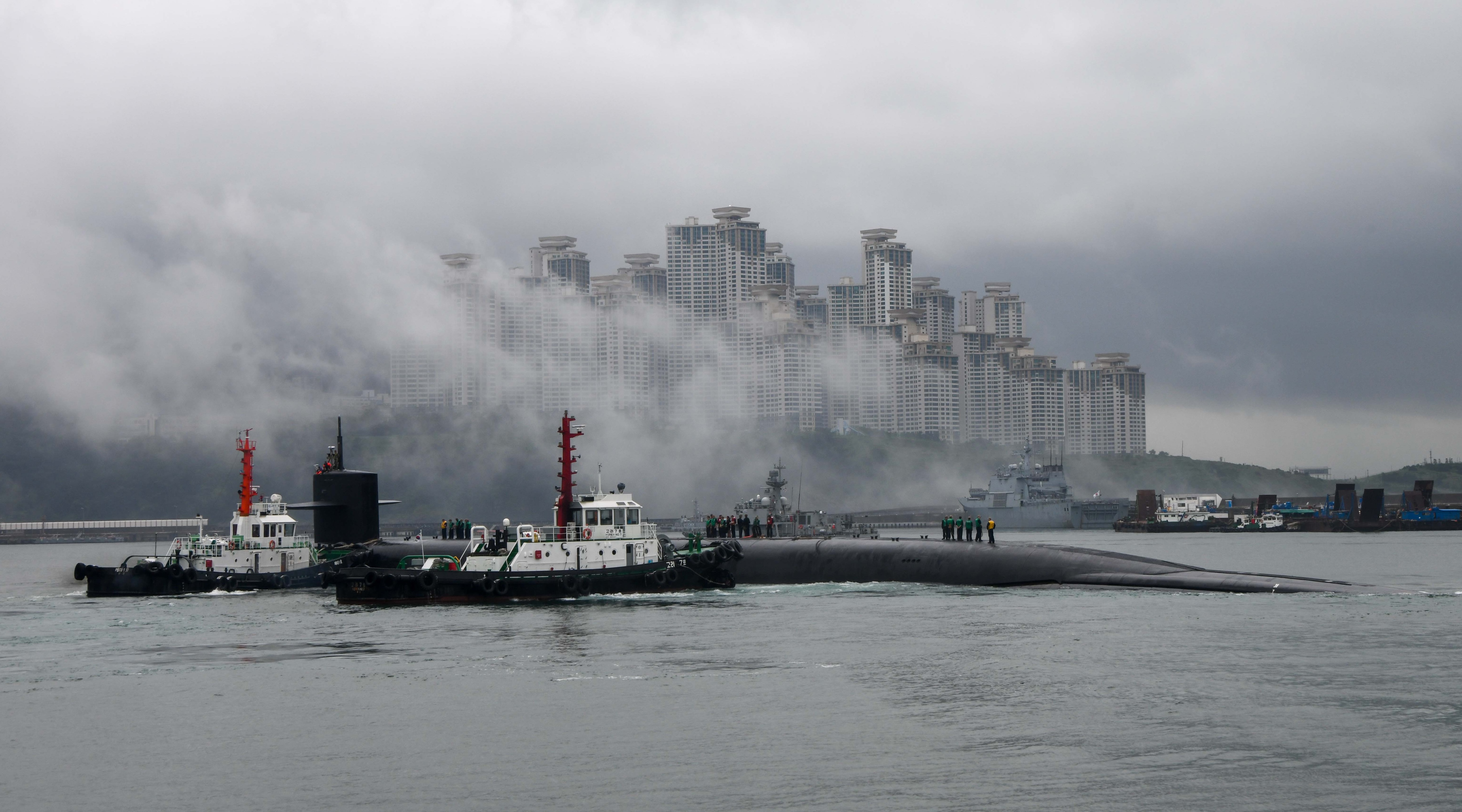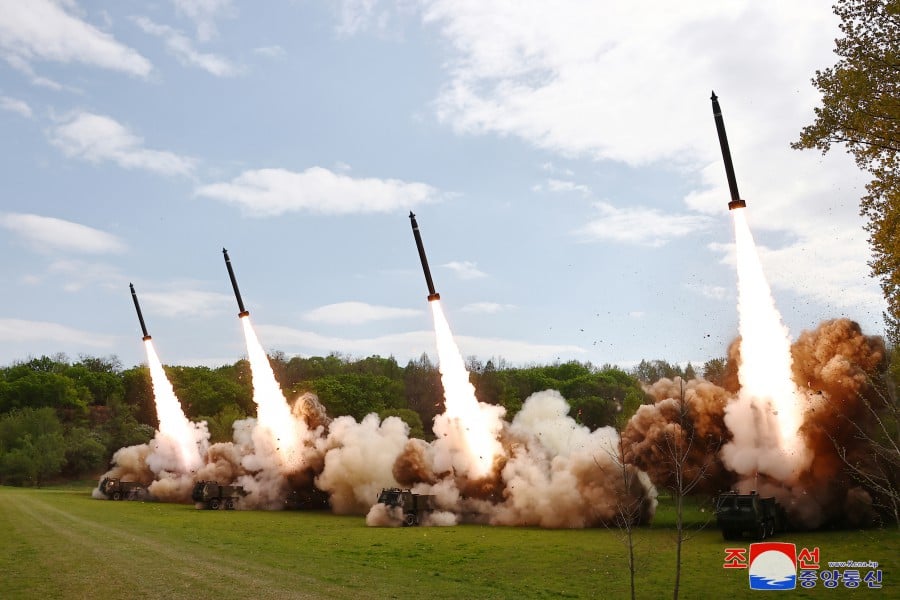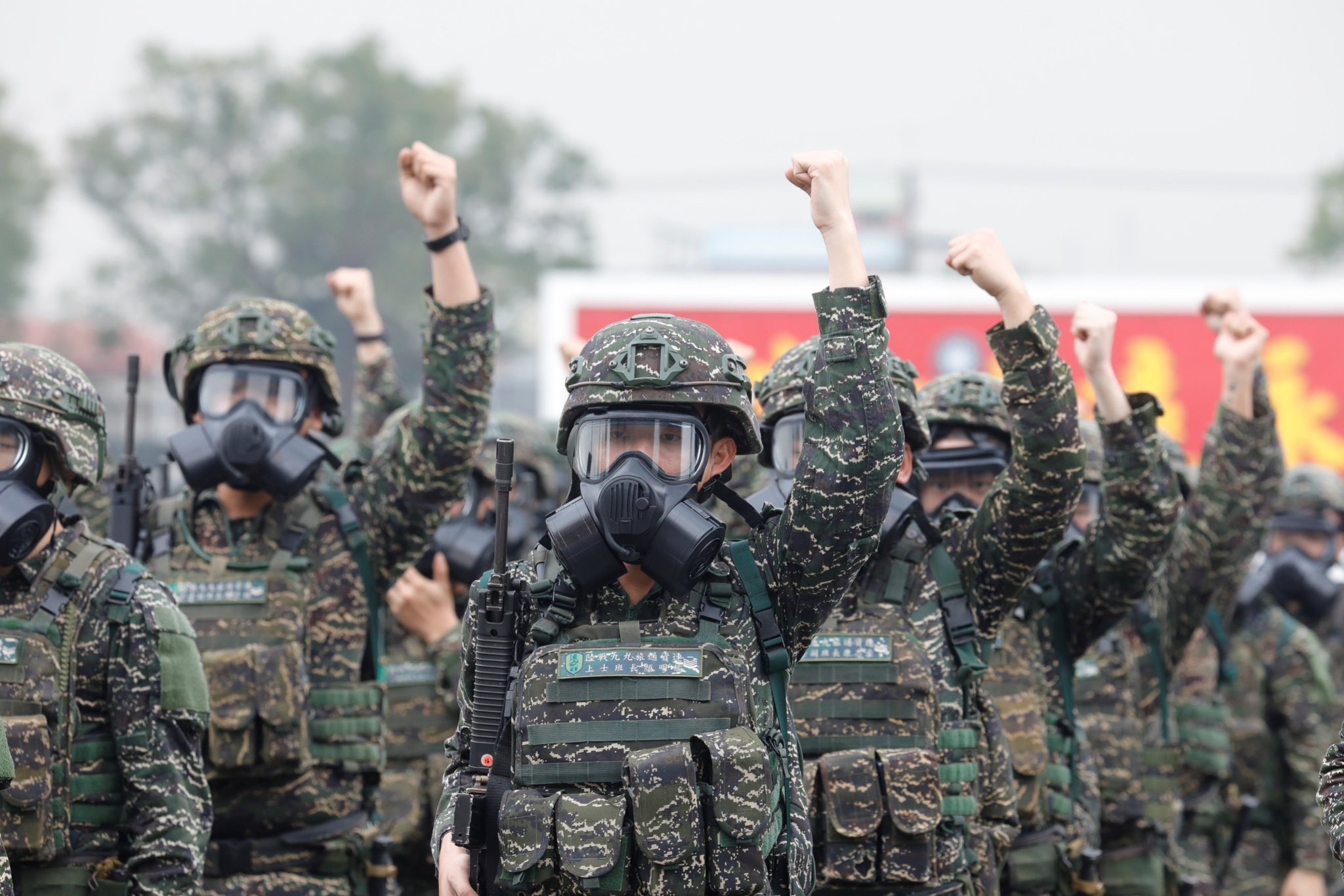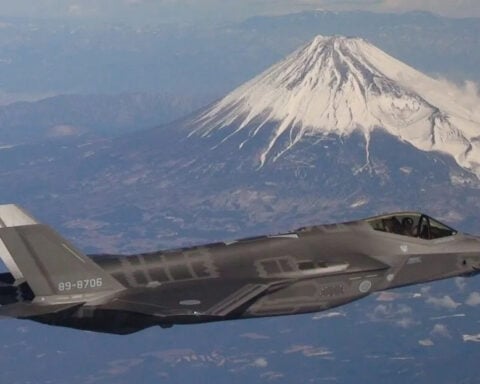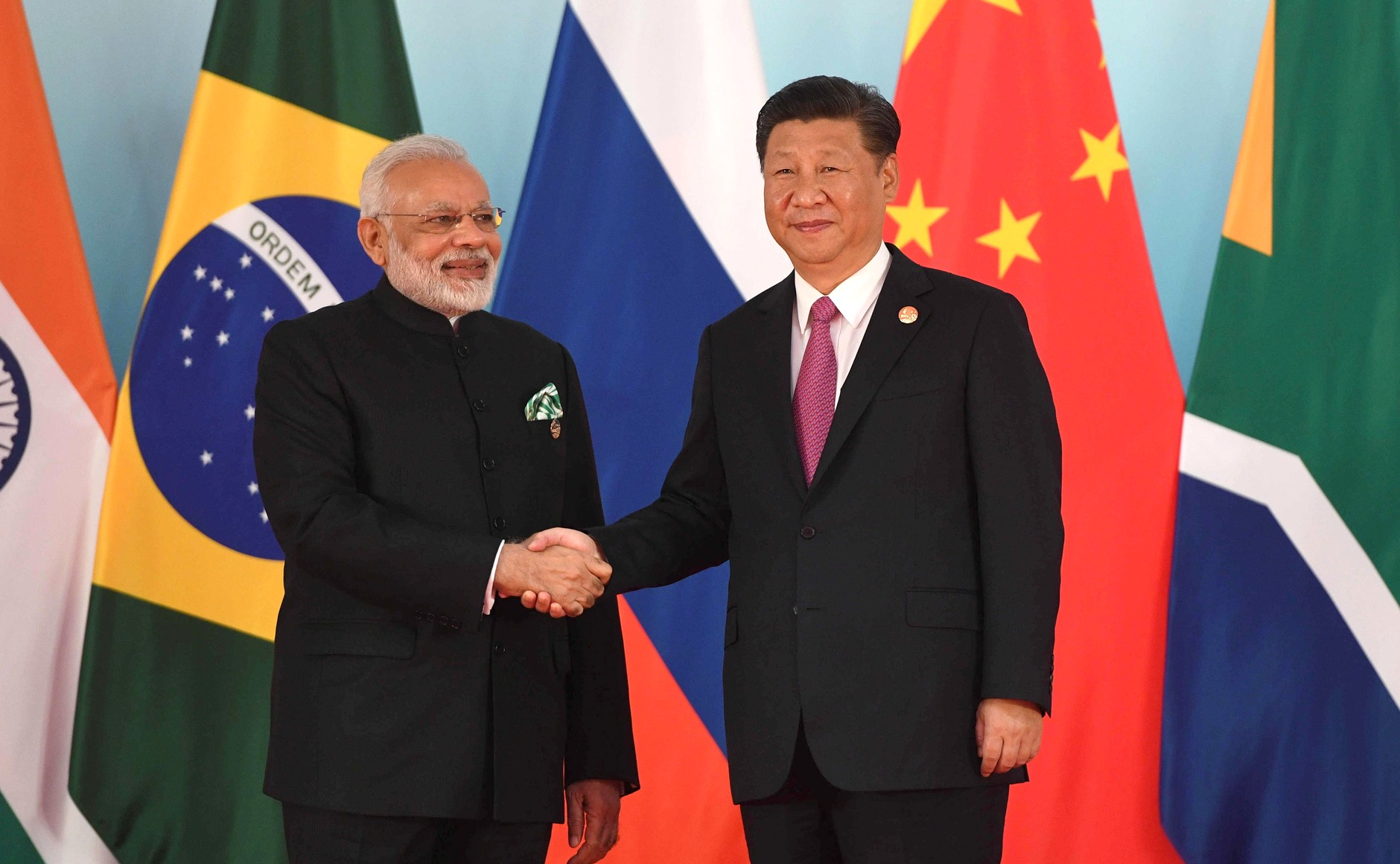
Nations stretching from India into Southeast Asia see China’s investments and loan practices as a direct threat to their sovereignty as much as Beijing’s military, the editor of a new work on Indo-Pacific security balance said last week.
Jeff Smith, a research fellow at the Heritage Foundation, said what had been a balancing act for these nations is changing. Where there had been “a lot of engagement with China” because it was either their largest or second largest trading partner is being re-examined with “more attempts to insulate one’s economy,” even in an age of globalization and interdependence.
These nations are also more conscious of Beijing’s debt traps, loans with high-interest balloon payments on ports, airfields, rail lines, highways, dams and power plants.
Smith said this change has occurred notably since 2015 when China became more assertive territorially, particularly in the South China Sea. Beijing claimed islands far from its shores and turned coral reefs into artificial islands with military facilities. In those instances, Beijing backed up those moves with very aggressive maritime presence from warships to armed naval militia and aerial surveillance.
Before that, the reaction to a rising China among the countries in the Association of South East Asian Nations who were engaged in territorial disputes with Beijing centered around calls for sticking to international rules and norms to handle disputes while “the Quad,” the United States, Australia, Japan and India took a more traditional military approach, like Freedom of Navigation transits through contested waters to counter China.
All, including the United States, still pursued a lot of engagement with China economically. In turn, the smaller nations in Southeast Asia particularly were “free-riding off the United States” for security, posing a challenge for official Washington and policymakers over how much of a commitment should be made to those nations in a time of crisis.
In Heritage’s Asia’s Quest for Balance: China’s Rise and Balancing in the Indo-Pacific, Smith noted that defense spending has been rising steadily across the region and the economies are also expanding at the same time as China seeks regional dominance and global reach.
For Singapore, the city-state whose population is more than 75 percent ethnic Chinese, its government realizes “a rising power is going to stake out large claims in the region,” Hunter Marston, a senior research assistant the Brookings Institution and a contributor, said at the Washington, D.C., event.
Even so, its goal is “political stability at home” with enduring U.S. security support, he added, noting the various agreements Washington and Singapore have signed on American naval presence and hosting visits of carriers and other warships from the Pacific Fleet.
“It’s the largest defense spender” in that part of Asia, committing more than 3 percent of gross domestic product to security. Further irritating China, Singapore is one of the few countries conducting military exercises with Taiwan. While not signing up with “the Quad,” Singapore’s “interests and views seemed quite aligned” with the Trump administration in Indo-Pacific security affairs. It is “an important non-ally partner of the United States.”
On the other hand, Prashanth Parameswaran, a senior editor at The Diplomat and a contributor to the book, said even with the change of government in Malaysia, bordering Singapore, its “military capability is not very significant” so for security it tries to link with the United States, Japan and Australia for defense and aid in building up its security forces. But with that noted, he said it would be no match for Beijing in a showdown over territorial claims in the South China Sea.
Although Chinese businesses have been exposed in bribery scandals that toppled the previous government, its lending practices questioned, and continued confrontation over borders, Kuala Lumpur remains an active trading partner with Beijing, following a tradition since independence from Great Britain of seeking a balance between great powers to survive.
India sees itself as an emerging power, not only in the waters closest to the subcontinent but also in the Pacific, Sylvia Mishra, a fellow at the Nuclear Threat Initiative and a contributor, said. “The scale of differences between India and China remain massive” from economic development to military strength to the definition of boundaries.
Now, New Delhi “is in strategic alignment with the United States” as shown in its new arms agreement and expanded exercise schedule with the American Navy and Marine Corps. It also for the first time is working jointly with the United States, Australia and Japan when it comes to curbing China’s ambitions and overall security in the Pacific. “The challenge is to manage China’s rise in South Asia,” she said. India also shows a new willingness “to help shape the security environment in Southeast Asia,” citing its recent sales of missiles to Vietnam.
Like Smith, Mishra cited the change in Beijing’s behavior affecting nations’ sovereignty and added its new interest in collecting demographic information as part of the “digital silk road” it is constructing in Africa. India and the United States “should deepen ties” in cyber as well as traditional military avenues to address Beijing’s use of the information age for political advantage.


